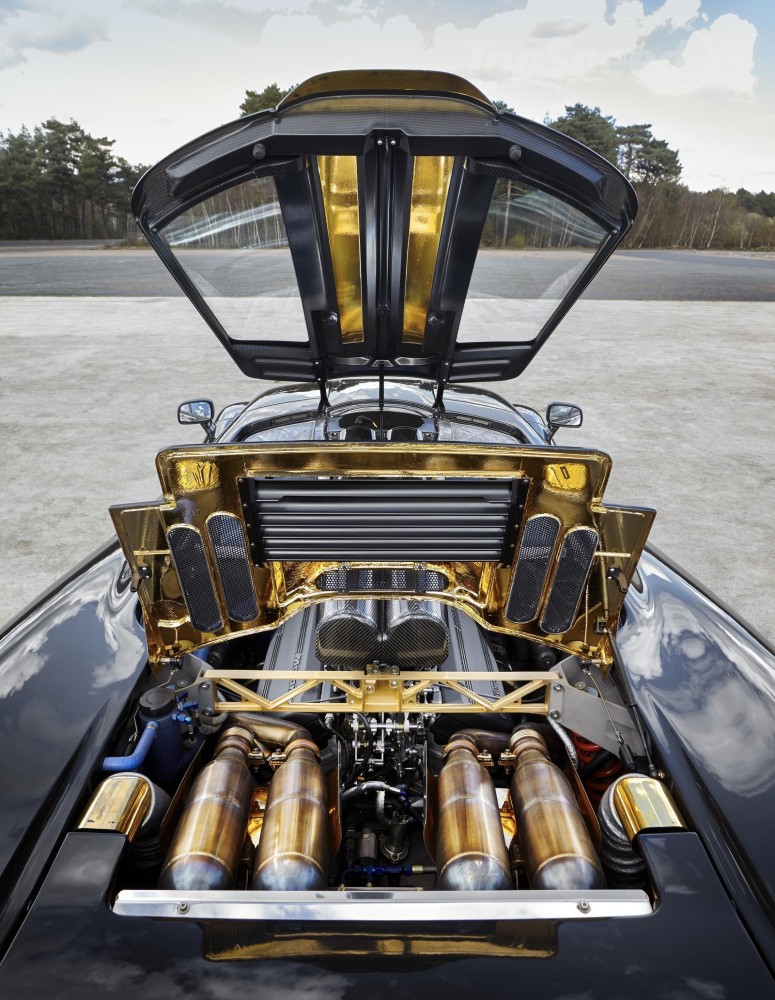This website uses cookies in order to enhance the overall user experience.
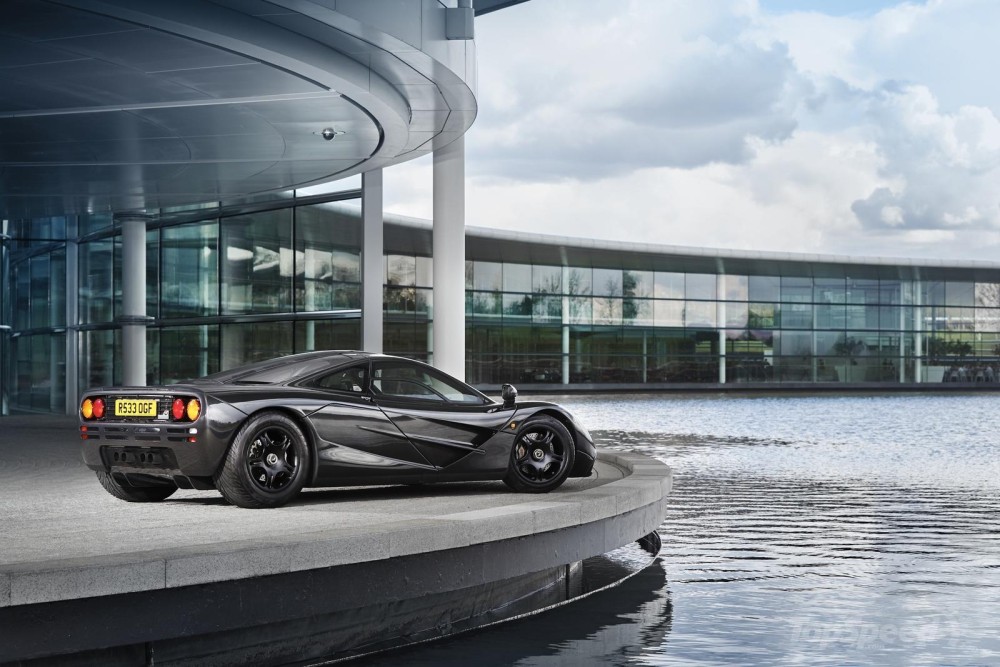
McLaren’s first regular road car was the F1, and what a beautiful machine it revealed in the spring of 1992! The McLaren F1 project, however, was set in motion earlier. Namely toward the end of the 1980s – when Gordon Murray drafted a sketch of a 3-seat sports car. Back then, Murray was McLaren’s technical director of their Formula 1 department. In 1991 howver, he was promoted to head of McLaren Cars and he succeeded in convincing Ron Dennis to actually produce his F1 design.
At its time, the F1’s comfortable 3-seat-driver-in-the-middle setup in a racecar design was a complete novelty. The McLaren F1 was also the first ever conventional car featuring a carbon-fiber monocoque chassis made of magnesium, titanium, gold, and Kevlar materials. Moreover, it wasn’t just a beastly beauty, but also the fastest model in the world of production cars from 1992 – 2005. Besides the F1’s GT and LM versions, also McLaren’s aerodynamic GTR racecar was based on the F1. This aerodynamically improved GTR won a first place during its 24 Hours of Le Mans debut, leading to its instant legendary status.
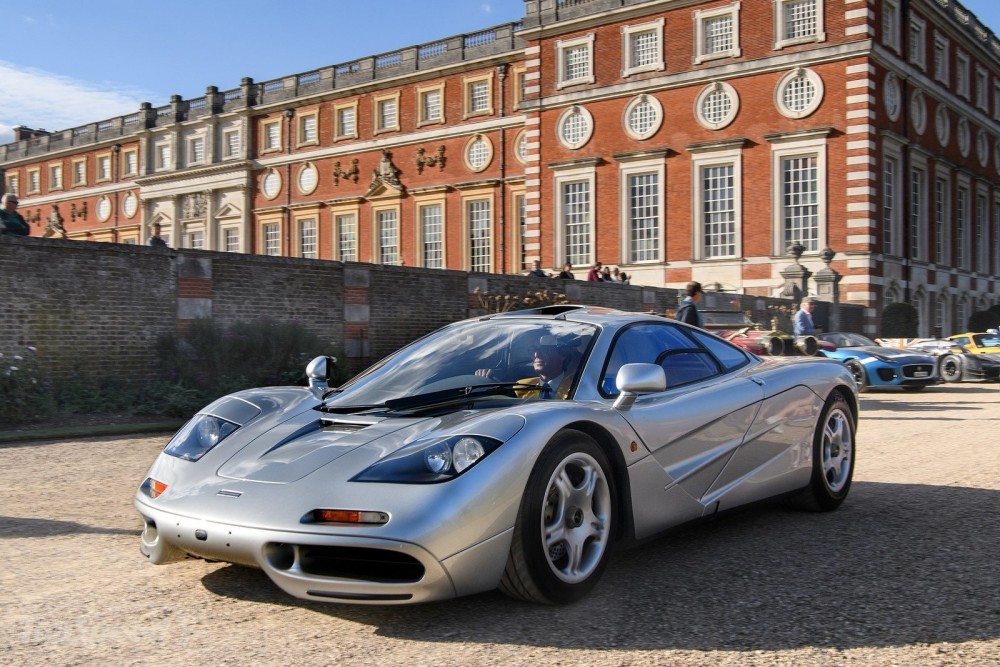
The McLaren F1’s exterior design
The canopy styled roof, long rear deck, large doors, and short hood was typical of the supercar designs of the start of the 1990s. Yet, where Ferrari, Bugatti, and Lamborghini models contained the wedge-type forms of the 1980s, the F1 contained more round features in a style similar to Le Mans prototypes.
In this, the F1 has its headlamps located high up its front fenders. Below, the F1 features 2 huge air intakes purposed for cooling the front-brakes. The gullwing styled doors along with the sweeping waistlines make the McLaren F1 look as if it’s straight from a Transformers movie. While the absence of a rear wing gives it a touch of class nonetheless.
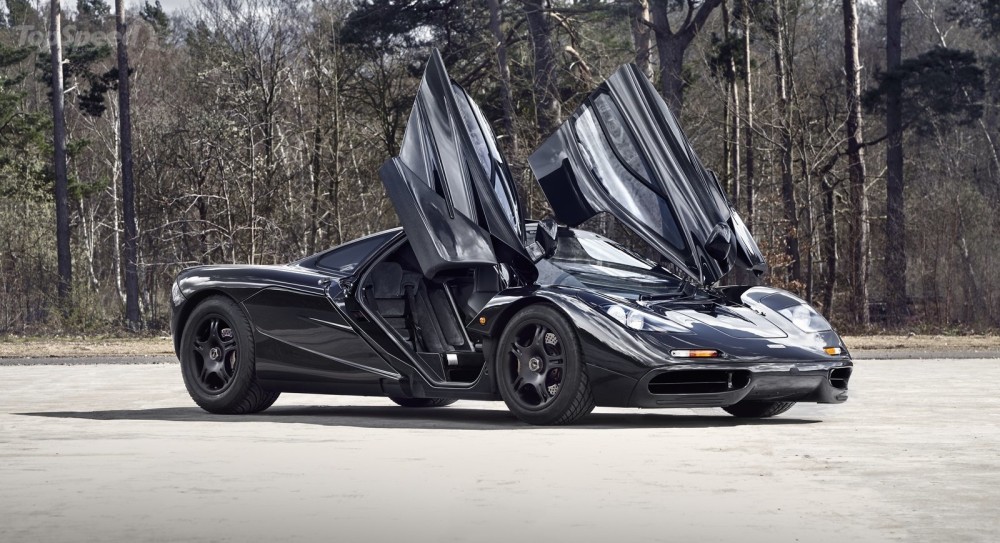
The huge grill featured in between the taillights and the mesh intakes beneath are quite old school compared to the rest of the design. However, the long deck lid and roof resembling a fishes’ fin add to the car’s race look. This reaffirms that F1's elegance is difficult to compare to any other supercar of its time.
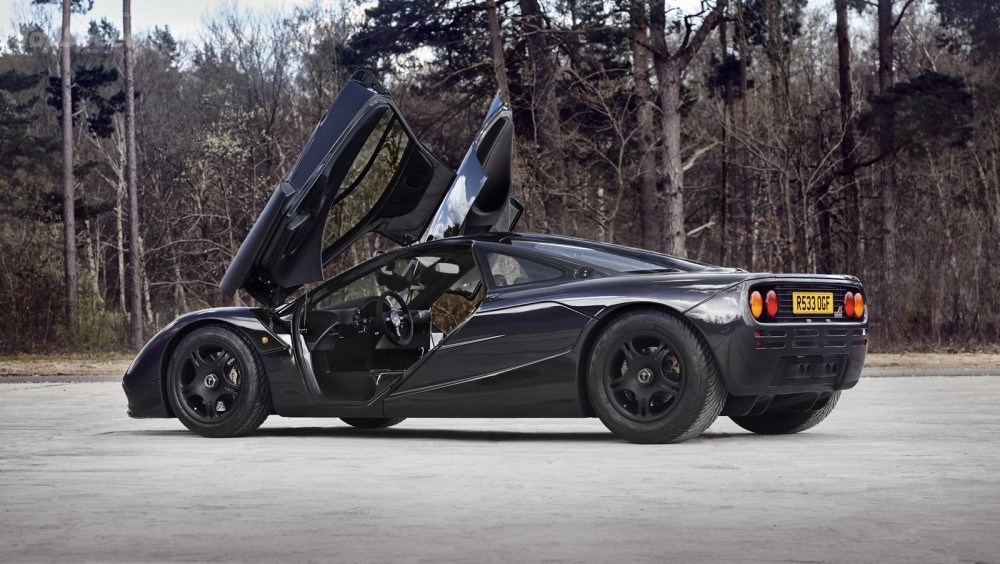
Inside the McLaren F1
When you step inside McLaren’s supercar, you’ll be struck immediately by its 3-seat arrangement inside. While the driver is located in the middle seat, the passengers are seated a little behind on each side. As such, the McLaren F1 was the first 3-seat supercar with the driver being able to race the car in full Formula 1 style. Namely, with the instrument panel and steering wheel centered and the dashboard featured symmetrically. Contemporary safety regulations make the design of the F1’s setup impossible for these days, which once again adds to its legendary status.
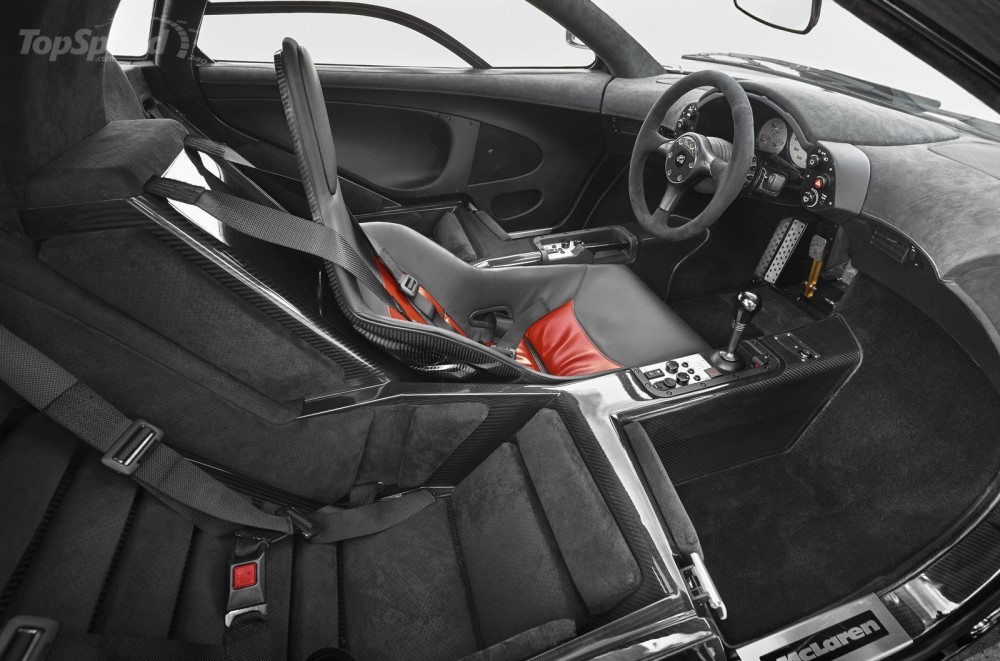
Since the pedals are also placed in center of course, the passenger seats have ample of leg space as well. The driver’s seat is tucked in like a race seat and the passenger’s seats features a more spacious sports setup. In addition, the F1 features a demist and defrost windscreen and side windows, remote central locking, electric windows, and A/C throughout the cabin. All of these were quite rare for sports cars that time. For convenience, McLaren even included tailor-fit bags that match the storage compartment measurements located behind each rear fender.
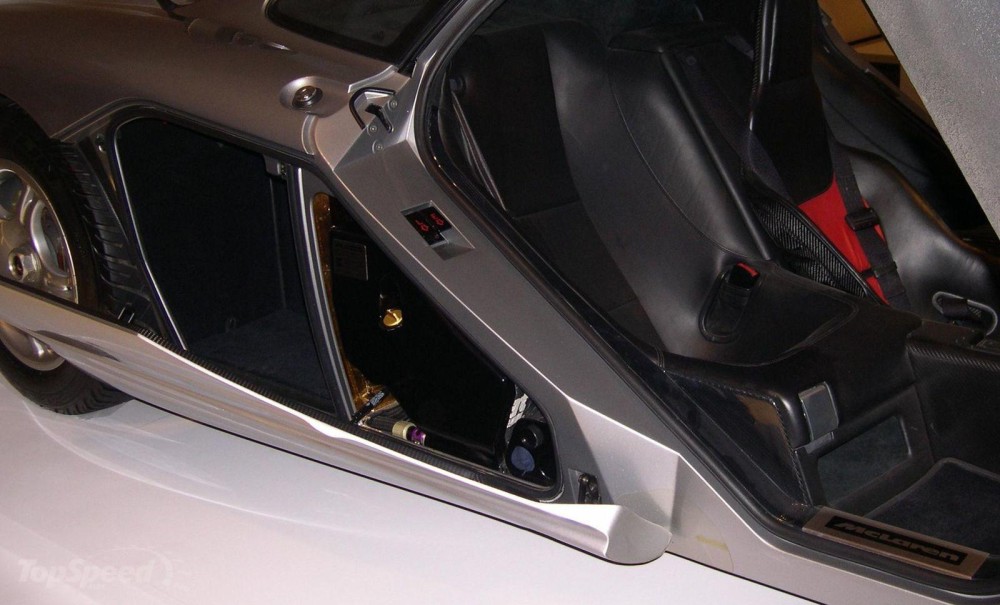
Powering the F1
Underneath that beautiful fin-like hood, you’ll find a 6.1 liter lightweight V12 engine built by BMW. Based on the M70 engines originally developed for BMW’s 7 and 8 Series, this lightweight 266kg engine produces an insane 627hp and 480lb-ft of torque. With a 6-speed manual gearbox, limited-slip differential, and an carbon triple-plate clutch, this drivetrain has to power just an 1138kg car.

As a result, 0-100kmh only takes 3.3 seconds, while the top speed of 372km/h is actually limited electronically for safety reasons. The top speeds recorded without the limiter range between 387km/h and 391km/h. A record number accredited to Andy Wallace in 1998. McLaren's F1 featured aluminum double wishbone suspension system similar to the Porsche, Honda, and Jaguar supercars of the time. The wheels were special lightweight designs by Michelin and Goodyear. While carbon-ceramic brakes were not trustworthy enough for the initial F1 model, they did feature in the GTR racecar that followed it.
If you would like to see the full specs list of the McLaren F1, please click here.
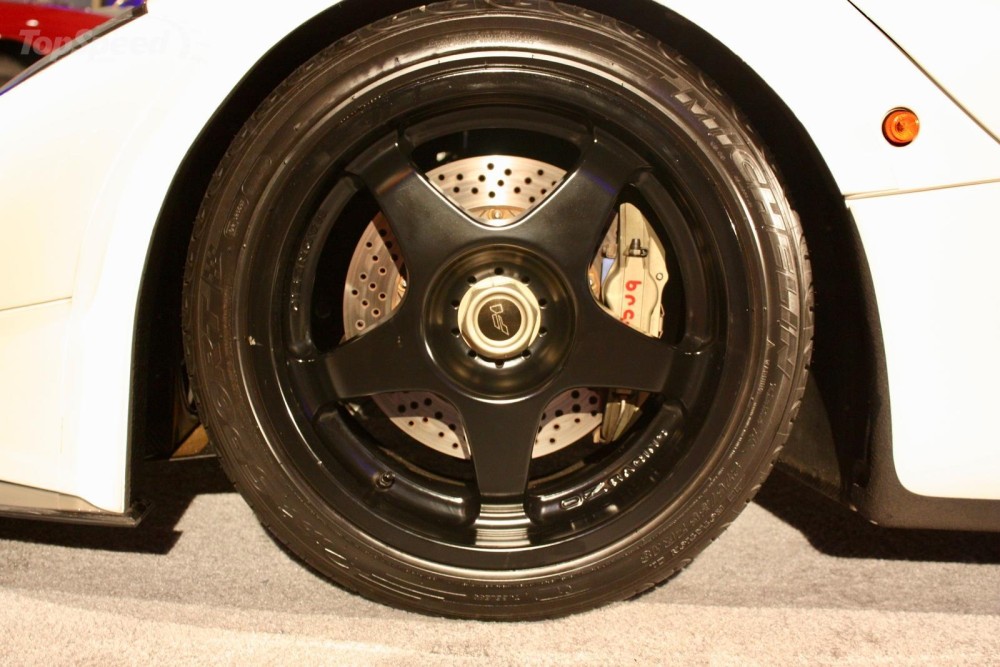
The McLaren F1 legacy
Originally priced at $815.000 when the F1 made its debut, this McLaren was far more pricey that its supercar peers of the time. Yet, McLaren sold the 71 F1s that it produced until 1998 like warm baker’s buns. The same goes for the 28 GTRs and 7 prototypes that followed. These days, McLaren F1s sell between $15 and $20 million - which it draws through a combination of beautiful design, insane lightweight specs, and a legendary 3-seat configuration.
